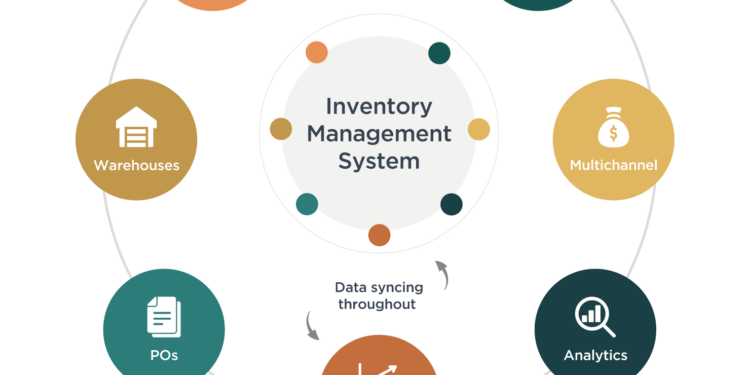In today’s competitive marketplace, companies are constantly searching for methods to streamline operations and cut costs. One highly effective strategy is the adoption of the Kanban system of inventory management, which offers a multitude of advantages ranging from reduced waste to improved workflow. By leveraging the principles of Kanban, businesses can not only fine-tune their inventory practices but also enhance overall performance and employee satisfaction. Below, we explore the various benefits and provide insights into how the Kanban system can transform your inventory management.
Enhancing Efficiency With Kanban Inventory Practices
Efficiency is a hallmark of the Kanban system. By visualizing inventory needs, businesses can significantly reduce the time spent on managing stock levels. The system’s visual nature allows for quick communication among team members, enabling faster response times when inventory needs to be adjusted.
Furthermore, Kanban discourages the holding of excessive inventory, which can lead to savings on storage costs. With a more precise inventory system in place, companies can allocate resources more effectively, investing in areas that contribute to growth rather than tying up capital in unsold stock.
It also improves the efficiency of supply chain management, as suppliers can coordinate more closely with the visual signals provided by Kanban cards. This leads to better supplier relationships and more reliable lead times, which are crucial for maintaining a competitive edge in the market.
Achieving Just-in-Time (JIT) Delivery With Kanban
The Kanban system is often associated with JIT delivery, where inventory arrives exactly when it is needed, not before or after. This synchronization with production cycles minimizes the capital tied up in raw materials and finished products, reflecting positively on a business’s financial health.
In JIT delivery, the focus is on eliminating waste and reducing inventory carrying costs. Kanban serves as the operational backbone for this approach, enabling manufacturers to operate with leaner inventory levels while still meeting customer demand.
By integrating Kanban with JIT, businesses can ensure that production is driven by actual consumption rather than forecasts. This not only reduces waste from overproduction but also minimizes the risk of stockouts, leading to higher customer satisfaction levels.
Improving Employee Engagement and Accountability Through Kanban
Employee engagement is another area where the Kanban system shines. The visual aspect of Kanban enables team members to monitor progress in real time, fostering a sense of involvement and collaboration. It also clarifies individual responsibilities and goals, leading to higher engagement levels.
Kanban encourages continuous improvement by making it clear where bottlenecks or issues arise. Teams can work together to solve problems and implement solutions, creating a proactive work environment. This shared responsibility boosts morale and promotes a culture of accountability.
With clearer communication channels and visible workloads, employees can prioritize tasks more effectively. This not only improves productivity but also reduces stress, as team members have a better understanding of the workflow and what is expected of them.
Reducing Waste and Increasing Profitability With a Kanban Approach
A key objective of Kanban is to minimize waste, which aligns with the lean manufacturing principles. By analyzing and responding to demand patterns, businesses can reduce the amount of excess inventory that often leads to discounted sales or product obsolescence.
Kanban highlights inefficiencies in the inventory system, such as overproduction and excess motion, by creating transparent workflows. Companies can address these inefficiencies directly, streamlining processes, and conserving resources, which results in lower costs and higher profitability.
Lastly, Kanban is environmentally friendly, as it supports sustainable practices by discouraging the buildup of unused inventory. This not only reduces waste but also can enhance the company’s reputation among consumers who value corporate responsibility.
Overall, the adoption of a Kanban system presents clear benefits for inventory management by streamlining operations, increasing efficiency, and fostering a positive workplace culture. As companies continue to seek ways to optimize processes and improve profitability, Kanban stands out as a proven strategy that can make a significant impact on a business’s bottom line.
Do you have a story in your community or an opinion to share with us: Email us at editorial@watchdoguganda.com











